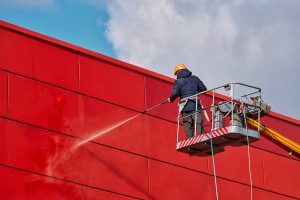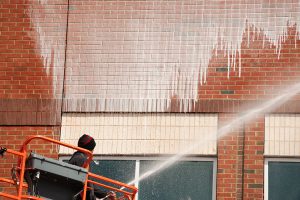
Pressure Washing Business
Building Customer Loyalty: Tips for Providing Exceptional Service in the Pressure Washing Business In a world where customer loyalty can make or break a business,

Building Customer Loyalty: Tips for Providing Exceptional Service in the Pressure Washing Business In a world where customer loyalty can make or break a business,
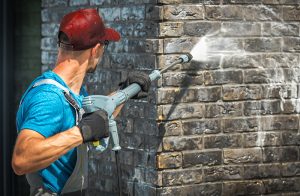
Essential Tips and Strategies for Locating the Best Commercial Pressure Washing Companies Near Me When it comes to maintaining the exterior of commercial properties, the

Erase the Dirt and Grime: Discover Pressure Washing Services Near Me Are you tired of the dirt and grime building up on your property? Do

The Ultimate Guide to Pressure Washing Brick: Everything You Need to Know Brick, with its timeless aesthetic and durable nature, has long been associated with

Power Washing Near Me Boulder CO Are you tired of looking at the grime and dirt accumulated on your home’s exterior surfaces? It might be
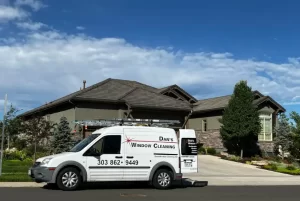
Power Washing Near Me Arvada CO Are you tired of looking at the grime and dirt accumulated on your home’s exterior surfaces? It might be
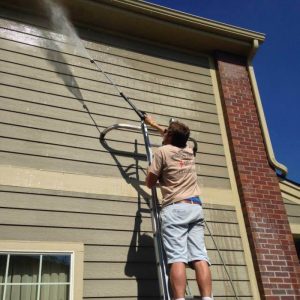
Power Washing Near Me Westminster CO Are you tired of looking at the grime and dirt accumulated on your home’s exterior surfaces? It might be

Power Washing Near Me Lafayette CO Are you tired of looking at the grime and dirt accumulated on your home’s exterior surfaces? It might be

Power Washing Near Me Broomfield CO Are you tired of looking at the grime and dirt accumulated on your home’s exterior surfaces? It might be

Experience the Power: Benefits of Professional Power Washing Services Welcome to our blog, valued readers! As property owners or managers, we understand the importance of
